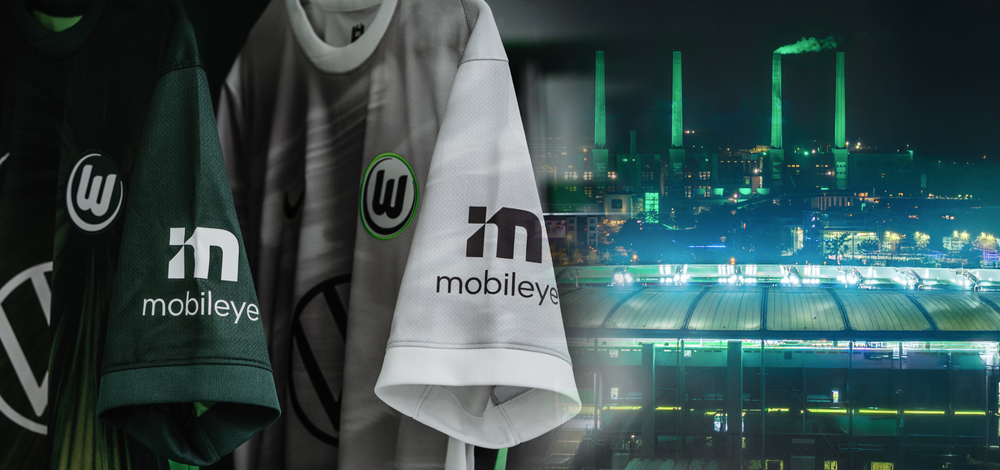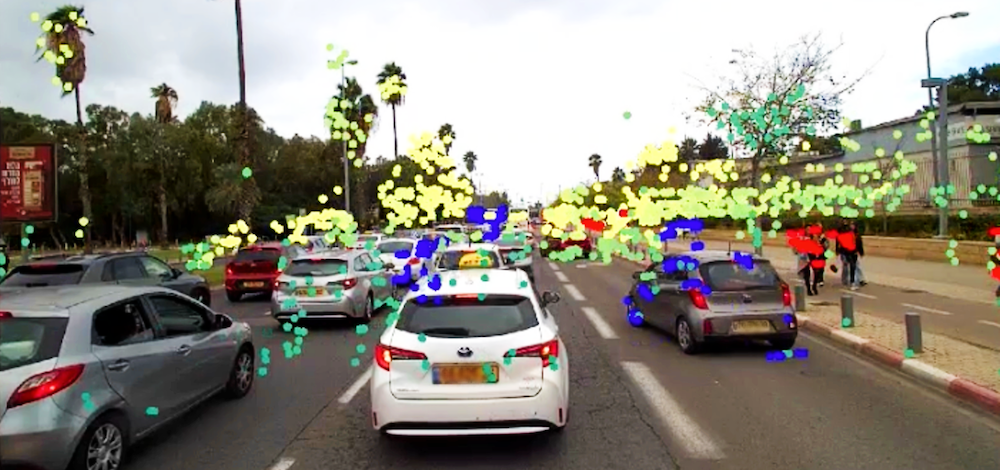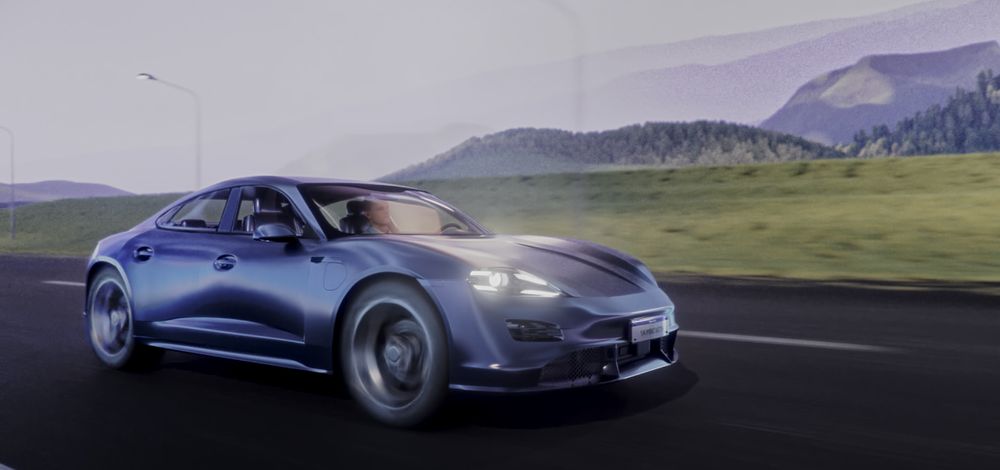blog
|
August 24, 2022
General Safety Regulation Mandates Intelligent Speed Assist, Mobileye Stands Ready
The latest European Union (EU) General Safety Regulation mandates intelligent speed assist on all new vehicles. Mobileye stands ready to support this with industry-leading technologies, including a camera-only solution as well as additional redundancy through Road Experience Management™ HD maps.

Intelligent Speed Assist is now required on all new vehicles being sold in the European Union, and in many other countries.
Around the world, speeding ranks among the leading causes of road crashes and deaths. In Europe alone, research shows that speeding contributes to one third of all fatal collisions. In response, European Union safety regulators have developed rules to help drivers stick to speed limits – by ensuring that even if drivers don’t know what the speed limit is on a given road, their vehicles will.
Earlier this summer, the EU updated its automotive General Safety Regulation (GSR) to mandate intelligent speed assist, or ISA. As of July 2022, all vehicle models in new production lines are required to be equipped with ISA, and as of July 2024, vehicle models in running production lines will also need to be equipped with ISA.
ISA works either passively or actively. In a passive system, ISA simply alerts drivers when they exceed posted speed limits. In an active system, ISA intervenes to gently slow a vehicle down towards the posted speed limit. The EU expects ISA systems to reduce collisions by as much as 30 percent, and fatalities by up to 20 percent. ISA also has the potential to help drivers avoid speeding tickets, to lower insurance premiums, and to reduce carbon emissions (although drivers can override the ISA system or even turn it off completely).
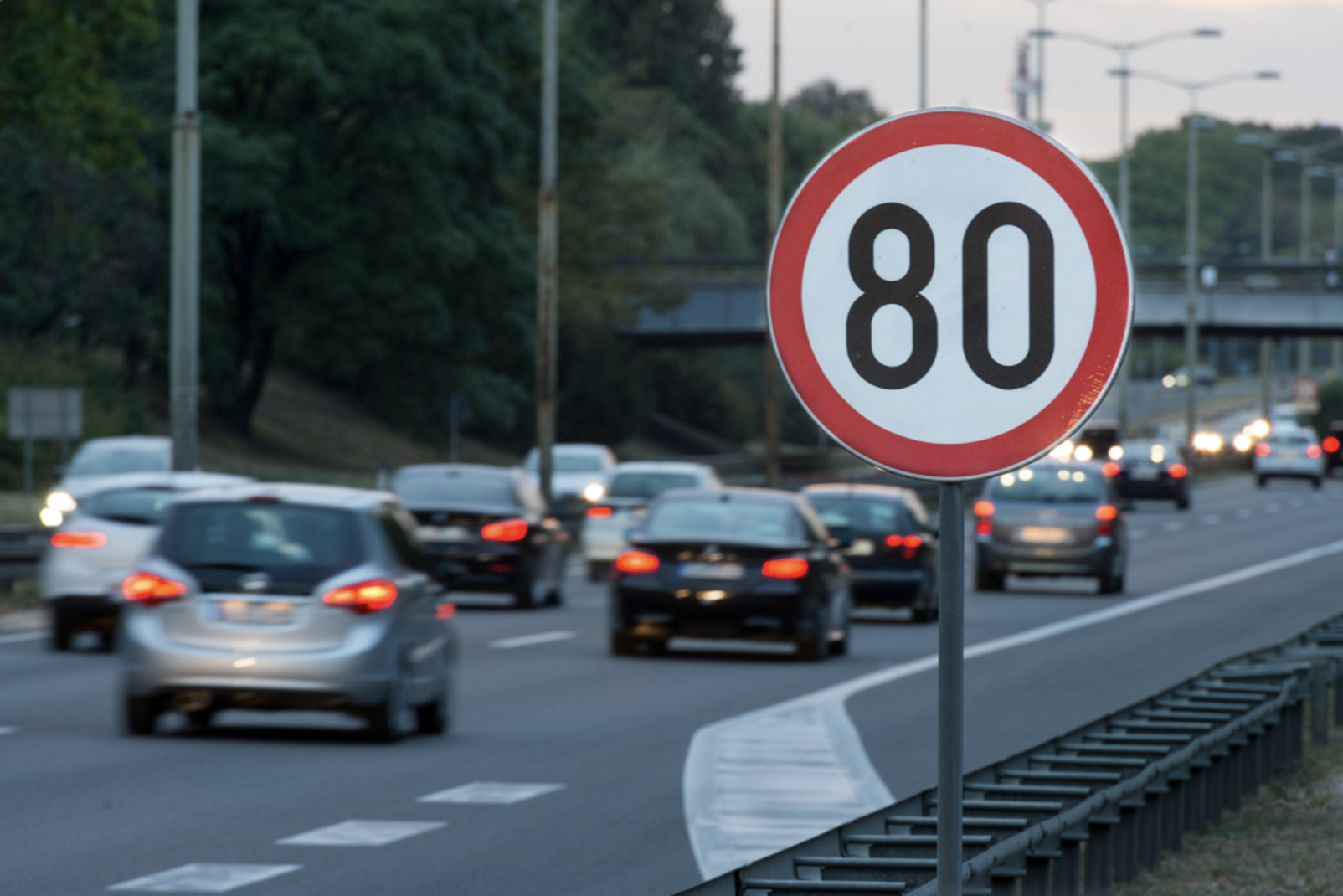
Saying that a vehicle should know what the speed limit is on any given stretch of road sounds simple – but to meet the new standards, ISA systems will have to recognize permanent and temporary signs (both their presence and what they say), across dozens of countries, in all weather conditions, day and night. To meet these challenges, Mobileye has developed two approaches to ISA, building on its decades of experience and technology in the field of advanced driver-assistance systems.
Driven by Vision
Mobileye’s first route to supporting ISA builds on our industry-leading computer-vision technology. Our EyeQ® systems-on-chip offer state-of-the-art traffic sign recognition (TSR) features to identify, in real-time, all manner of road signage required to support ISA – including both explicit speed-limit signs as well as other information that implicitly indicates the legal speed limit, such as road type.
The significant diversity in speed-limit and other signage across the EU poses a major challenge for automakers. Mobileye tackles this problem with cutting-edge computer vision technology and a database of over 200 petabytes of video clips that have been collected over the course of 15 years. While the appearance of these signs can vary from one country to the next, Mobileye’s computer vision algorithms are programmed to recognize all types of signs used in the constituent member states of the EU (and other parts of the world).
“Our development of a robust ISA solution leverages our 200-pb database, which includes 23 million video clips collected over years of driving on urban, highway, and arterial roads in over 80 countries,” said Dr. Gaby Hayon, Executive Vice President of Research & Development at Mobileye.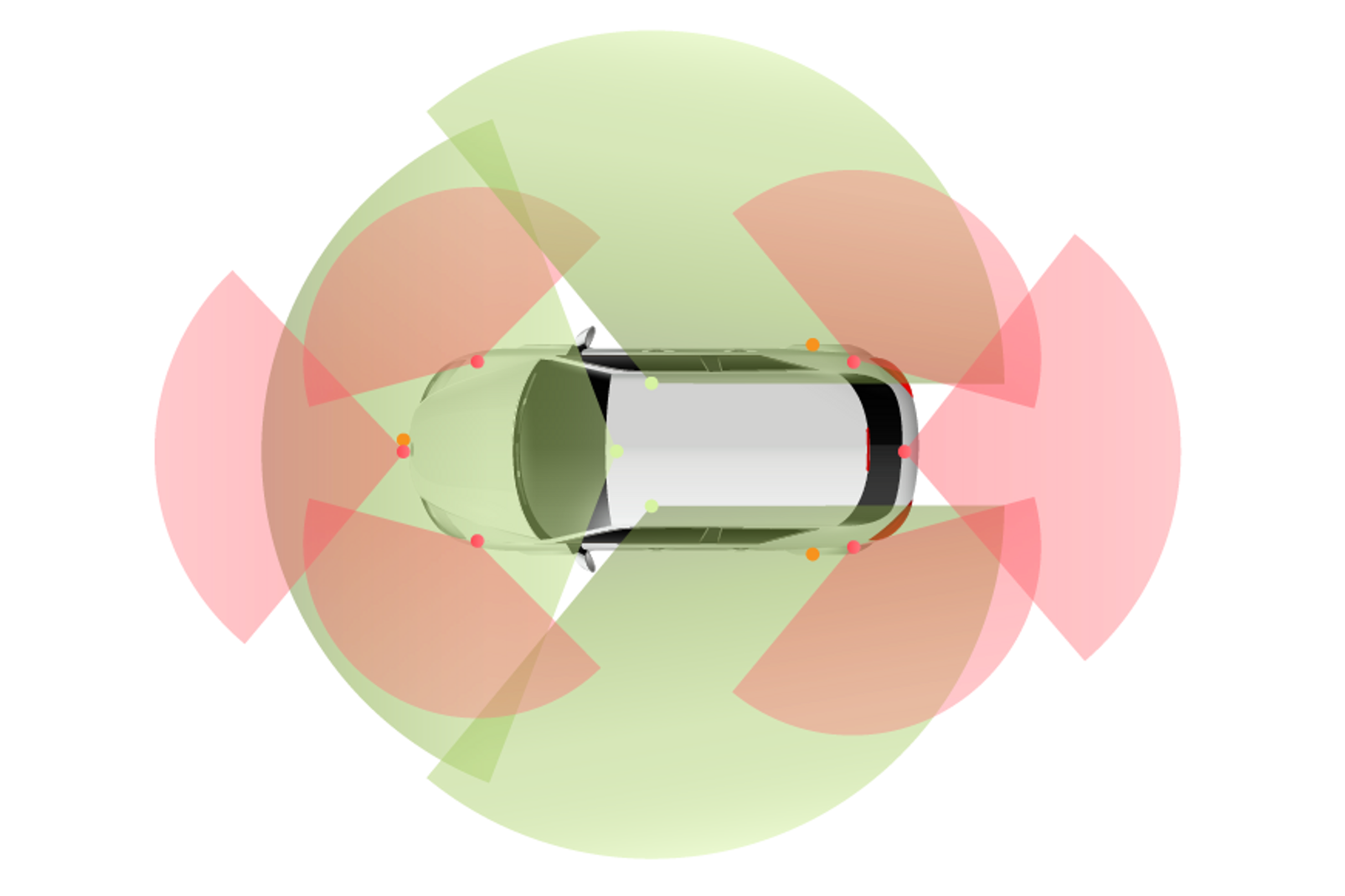
To verify compliance with the new standards, the GSR includes stringent testing requirements. Vehicles will be required to undergo a reliability test, covering 400 kilometers of real-world driving on a mix of urban, non-urban, and highway roads, including at least 15 percent in nighttime conditions. To pass the test, vehicles will need to correctly determine the speed limit on at least 90 percent of the total distance, and no less than 80 percent on each road type. Vehicles will also have to undergo additional testing to determine the capabilities of their sign-recognition systems in identifying both explicit speed-limit signs and implicit signs (such as those signaling construction areas, school zones, and highway on-ramps) that indicate a change in the speed limit.
These requirements are difficult to meet, but due to the proven capabilities of Mobileye's computer vision technology, vehicles incorporating our solution will be able to pass the EU tests using on-board cameras alone. Nevertheless, safety-critical applications require robust redundancy, which is why we’re also supporting ISA through our innovative crowdsourced mapping technology.
The Power of the Crowd
Mobileye has developed Road Experience Management™ (REM™), which pulls snippets of data about details of the road from millions of vehicles around the world equipped with our technology. We then process this data to create an incredibly rich supplemental layer of information on the driving environment which we feed back to vehicles.
As REM automatically crowdsources data from vehicles equipped with our technology, it delivers far more reliable and up-to-date information about current road conditions than map data gathered by traditional means (such as data-collection teams). So when humans’ and cameras’ line of sight is obstructed – for example, if a traffic sign is out of the field of view, blocked by an overhanging tree, or worn down by weather – an ISA system using REM data would still be able to inform the vehicle of the applicable speed limit, thus supplementing real-time computer vision.
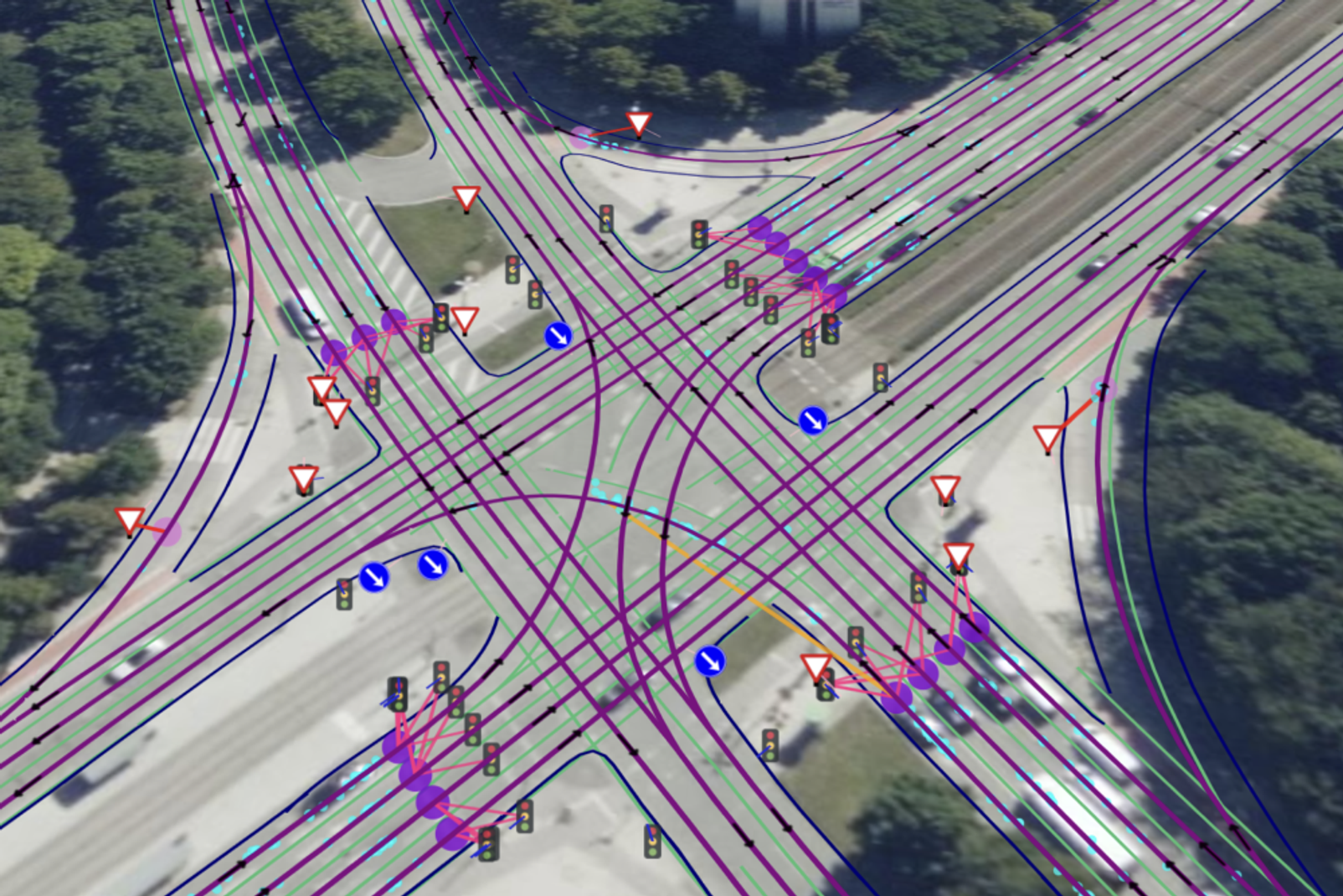
This redundant approach (vision, backed by crowdsourced "memory") can deliver a more reliable and more effective intelligent speed assist system – one that lives up to the promise of reducing crashes and fatalities and improving safety for everyone.
Share article
Press Contacts
Contact our PR team

